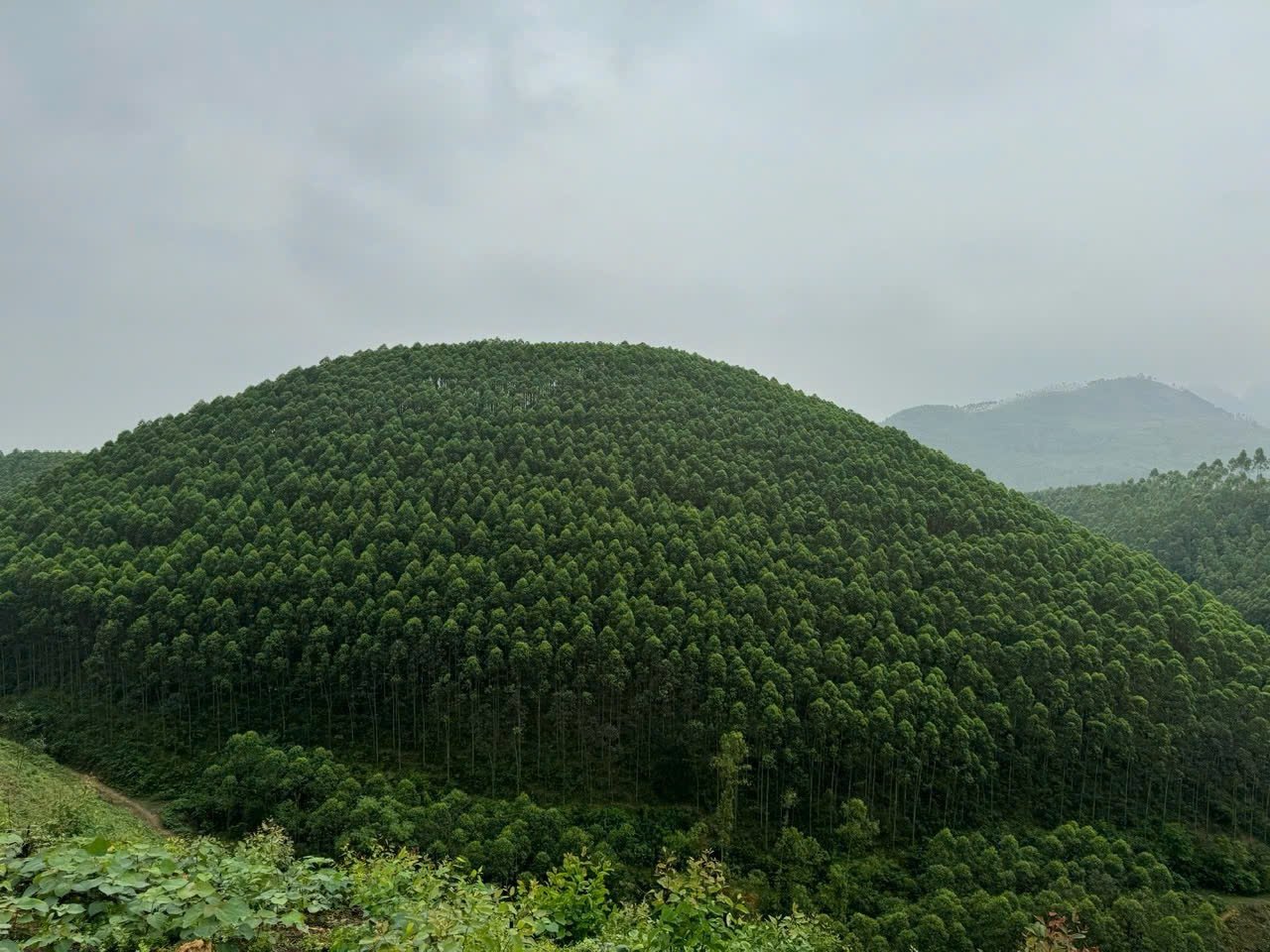
To make the afforestation work effective, from the beginning of the year, the People's Committee of Son Duong district has directed communes and towns to review the area of bare land, bare hills, and forest areas that are ready for exploitation to request forest owners to speed up exploitation, then replant forests immediately. At the same time, strictly manage the quality and origin of forestry seedlings at each nursery in the area to ensure adequate and timely supply of quality seedlings for people; direct localities to promote propaganda and guide people on forest planting techniques.
Like many other farming families in Luong Thien commune, the family of Mr. Ban Van Chien, a Dao ethnic group in Tan Thuong village, previously only intensively cultivated rice and corn and raised small-scale livestock, so their lives were just enough to eat and their economy was difficult. Realizing that acacia trees have high economic value and are suitable for the local soil and natural conditions, his family took advantage of the available land and determined to get rich from this crop.
Mr. Chien shared: My family started planting production forests in 2016, initially planting 5 hectares of acacia forest. In 2020, the family continued to plant more than 3 hectares, of which more than 1 hectare was supported to be planted with high-quality seedlings according to Resolution No. 03 of the Provincial People's Council. Thanks to planting with high-quality seedlings, the trees grow and develop well, with few pests and diseases. At the end of 2023, my family exploited an area of 5 hectares of acacia forest, after deducting all expenses, the family earned over 450 million VND. Along with taking care of over 3 hectares of acacia forest over 4 years old, my family is currently focusing on planting new areas of 5 hectares of acacia tissue culture seedlings. Thanks to planting forests, my family's life has been greatly improved.
Mr. Trieu Van Doan, Party Cell Secretary, Head of Tan Thuong Village, said that the village has 79 households, over 98% of whom are Dao people. The main economic development direction of the villagers is currently afforestation with a total area of about 330 hectares. Thanks to afforestation, many households in the village have built spacious houses, escaped poverty and become rich, typically, such as: Ban Van Chien, Luong Van Tho, Luong Van Nam, Luong Van Phuc... Up to now, the village has 65/79 households with solid houses. In 2023, the village had 8 households escape poverty, currently the village has 25 poor households, the goal is to strive for 5 more households to escape poverty by the end of this year.
Resolution 03 of the People's Council of Tuyen Quang province on supporting high-quality forestry seedlings for production forest planting has shown clear practical results in recent times. In Son Duong, the total forest planting area is currently 2,255.8/1,835 ha, equal to 122.9% of the assigned plan; the forest exploitation area is 1,887/1,800 ha, equal to 104.8% of the assigned plan; the exploitation output is 223,189.8/219,000m3, equal to 101.9% of the assigned plan. The total forest area certified for sustainable forest management according to FSC and VFCS standards is 9,578.26 ha.
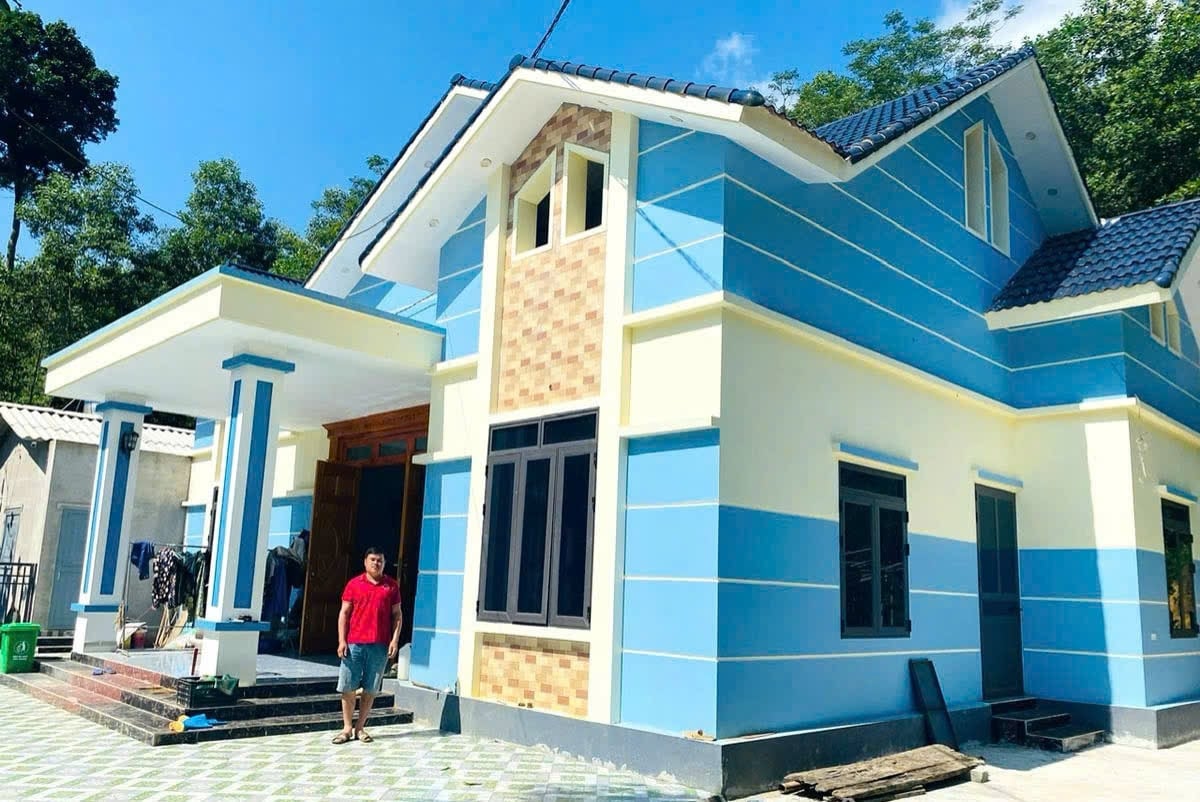
Forestry economic development has contributed positively to poverty reduction in the district. The poverty reduction rate in 2024 of Son Duong exceeded the assigned plan, reaching 4.84% (the assigned plan was 3.5%), the poverty rate at the end of the year was 7.01% (the assigned plan was 8.35%). The average income per capita/year in Son Duong is 56.46 million VND, reaching 100% of the plan.
In the coming time, Son Duong will focus on implementing a number of key solutions, such as: Continuing to promote propaganda, raising awareness, consciousness, and responsibility for management of sustainable forest protection and development for the people. In addition, solving residential land, production land, lending capital, and providing forestry technical guidance, so that people working in forestry and people living near forests have jobs and stable income, contributing to forest protection, development, and implementation of national target programs.
At the same time, continue to train human resources, invest in infrastructure, facilities and technical equipment to promote the capacity to master tissue culture technology; focus on developing production forests towards transforming the structure of forestry varieties and silvicultural techniques to meet the standards of large timber forests; implement intensive forest plantation measures and gradually apply mechanization in the stages of planting, caring for and exploiting planted forests...



![[Photo] President Luong Cuong attends the inauguration of the international container port in Hai Phong](https://vphoto.vietnam.vn/thumb/1200x675/vietnam/resource/IMAGE/2025/5/13/9544c01a03e241fdadb6f9708e1c0b65)
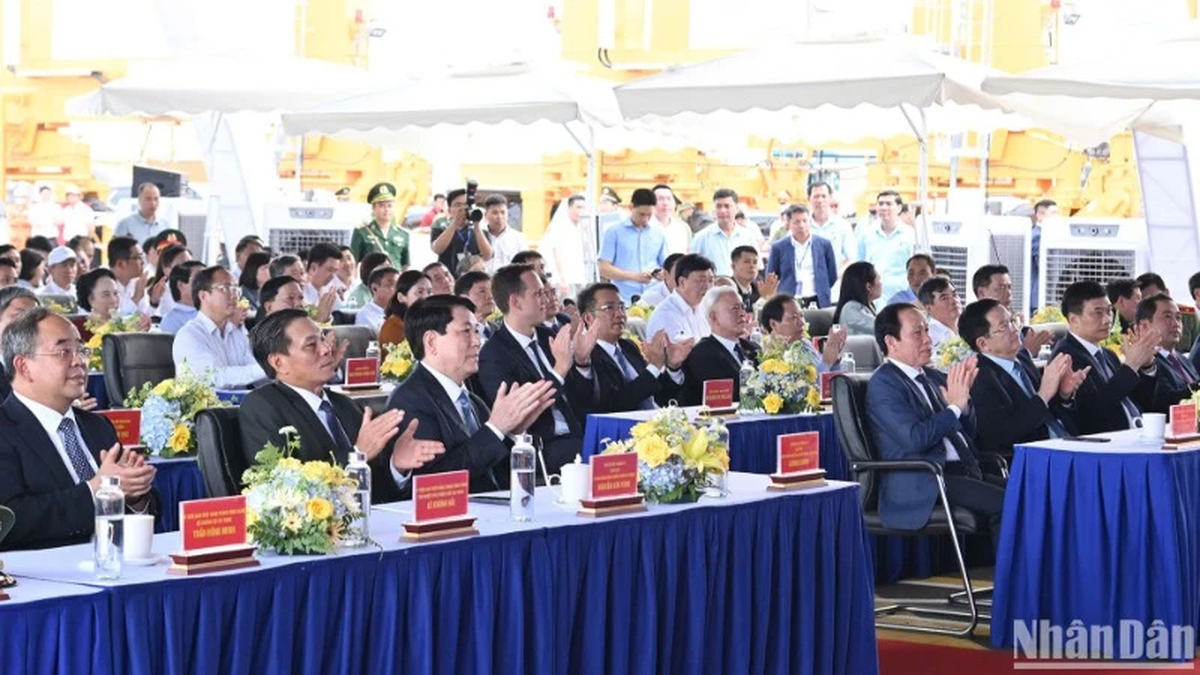
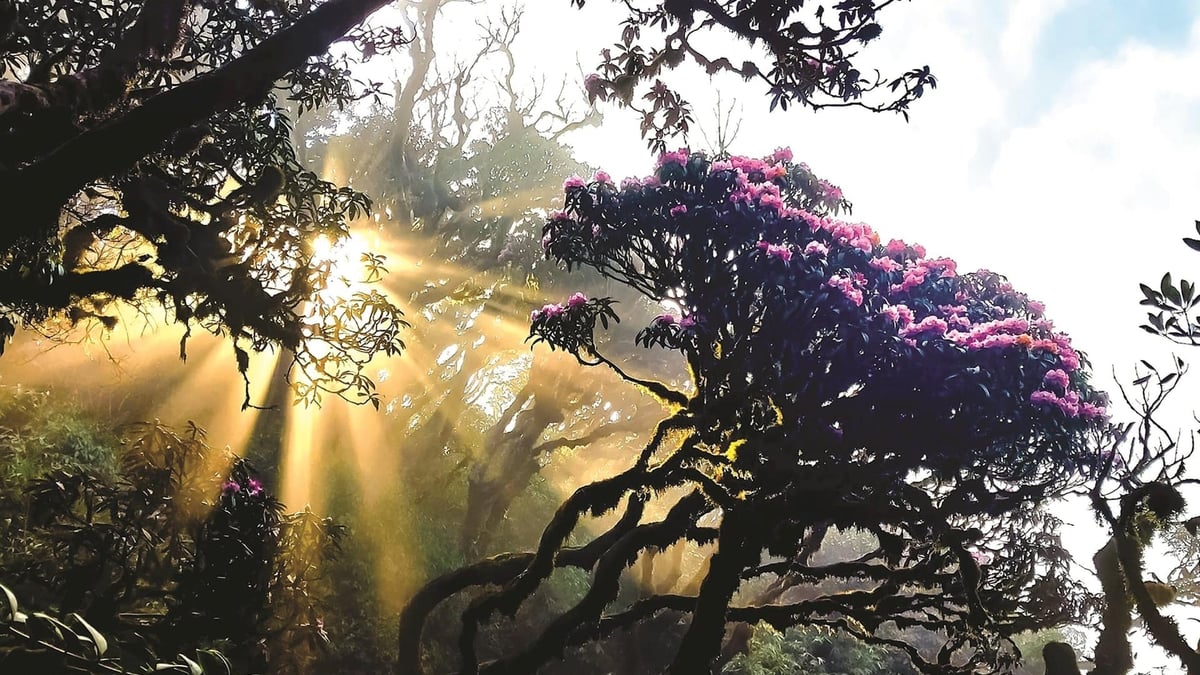

![[Photo] Prime Minister Pham Minh Chinh meets with US business representatives](https://vphoto.vietnam.vn/thumb/1200x675/vietnam/resource/IMAGE/2025/5/13/5bf2bff8977041adab2baf9944e547b5)
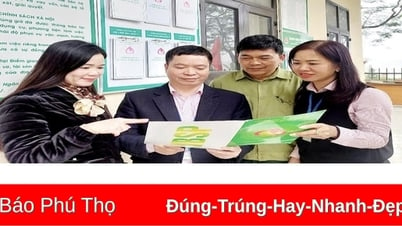
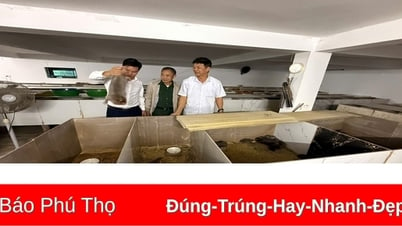
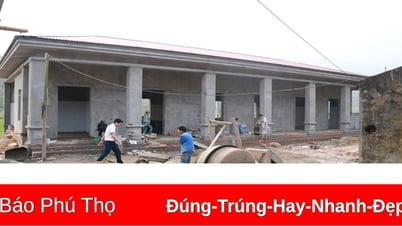





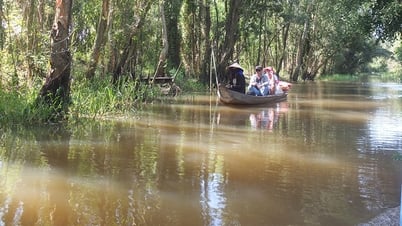
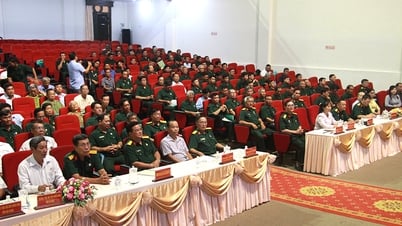
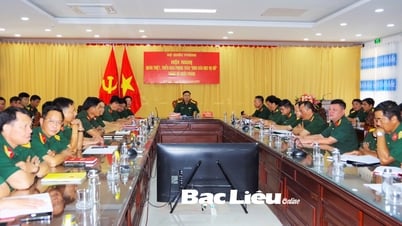
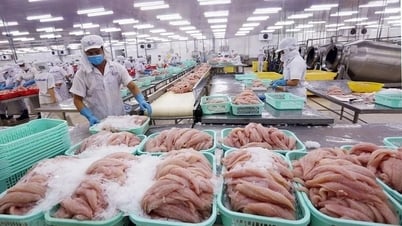
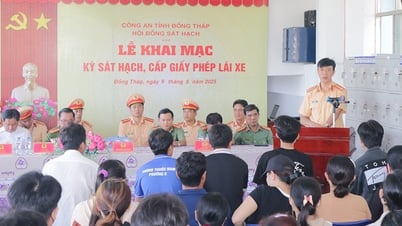
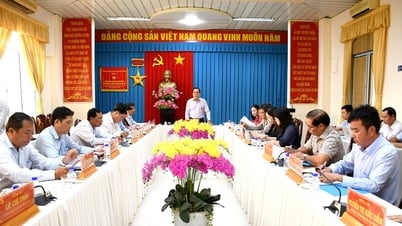








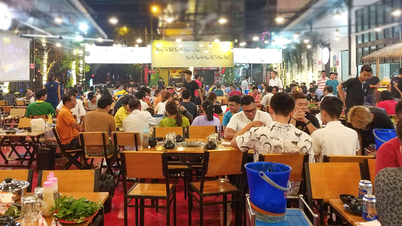




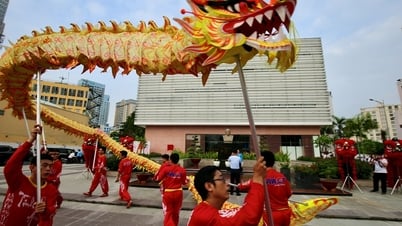

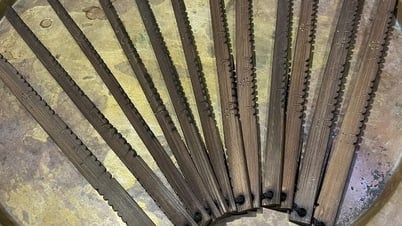

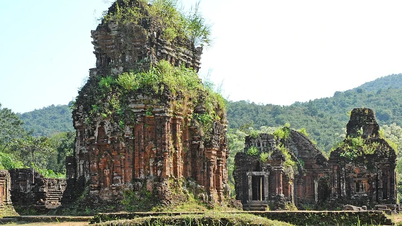

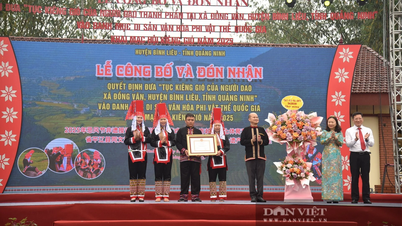




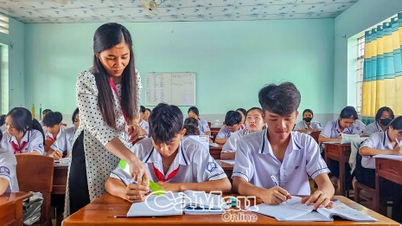

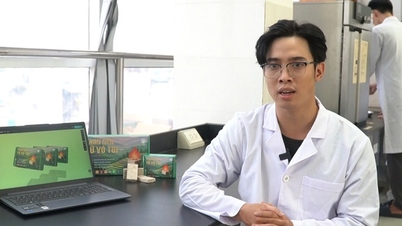

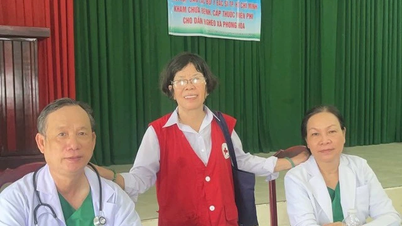



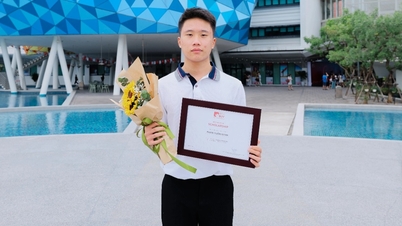





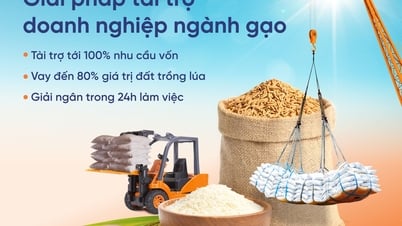









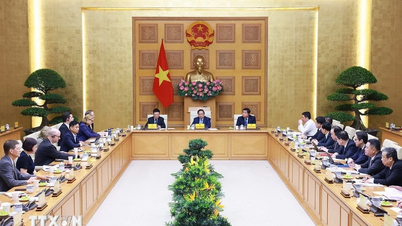






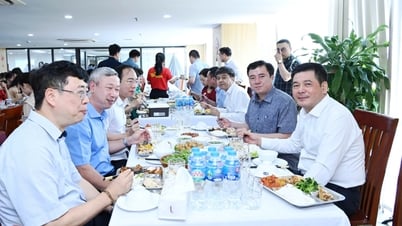



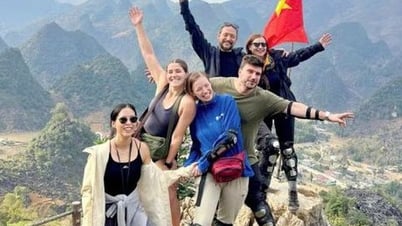
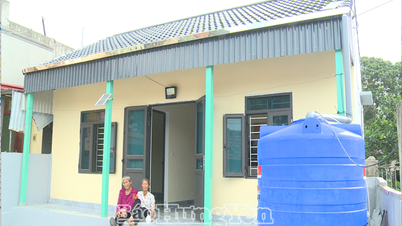

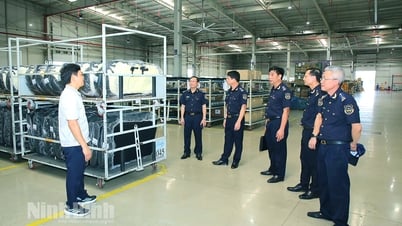



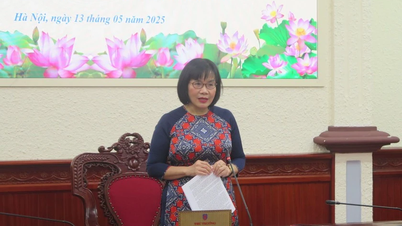
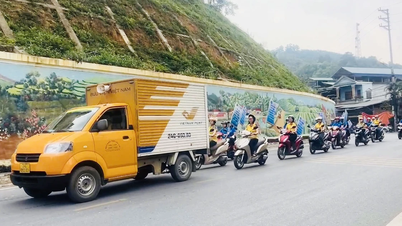

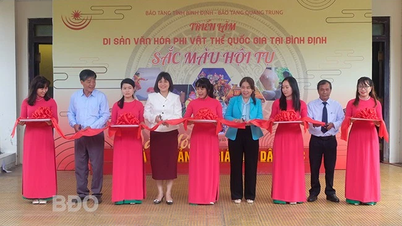



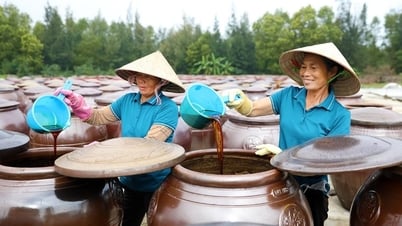



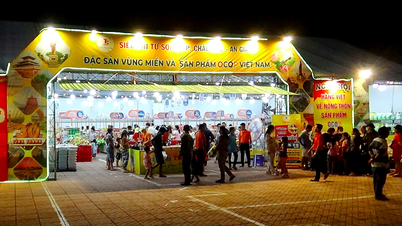

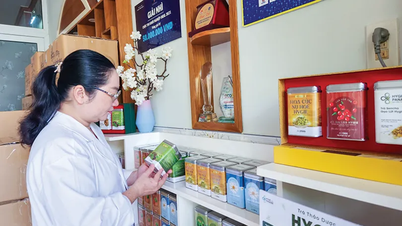

Comment (0)